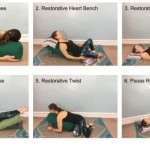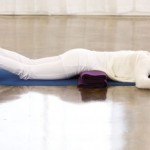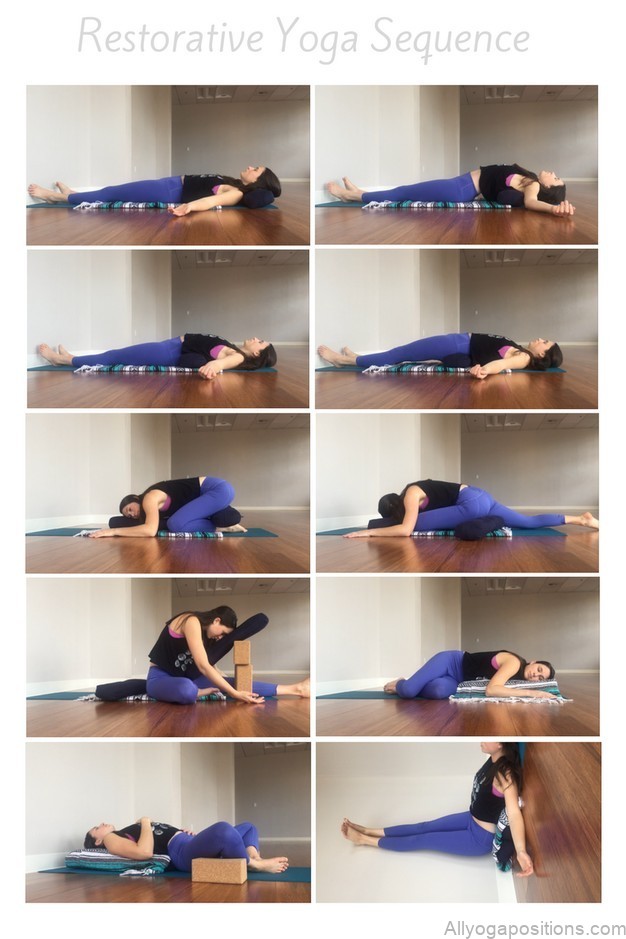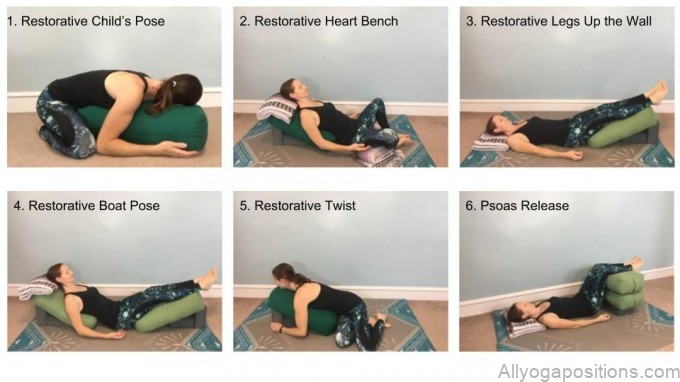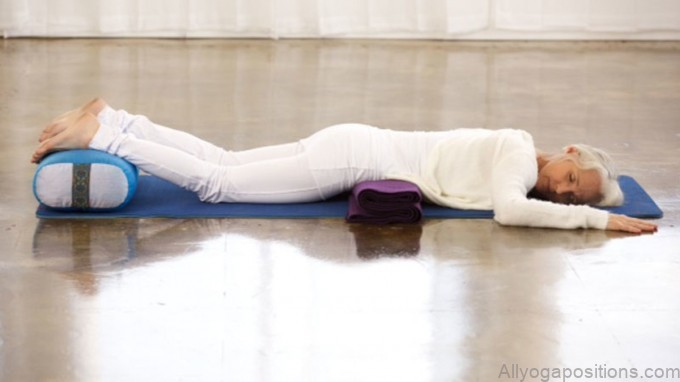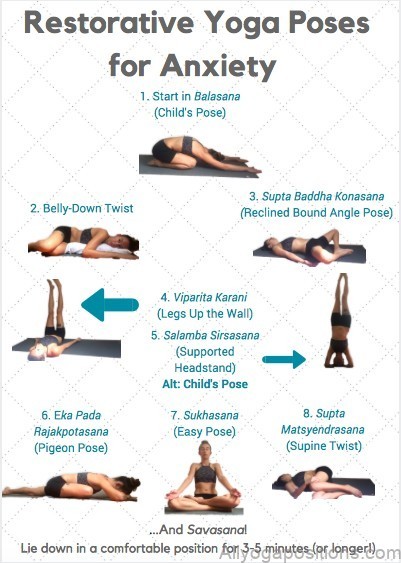How It Works
Contemporary yoga practices may look like an exercise regime but, at its core, yoga is a spiritual discipline. Yoga uses many tools to reunite your body with your mind and consciousness and regain mastery over your thoughts and actions to alleviate suffering. Modern science helps you understand the physical benefits of restorative yoga, and yoga philosophy informs its spiritual power.
A sixth-century BCE yoga text, the Taittiriya Upanishad , outlines five layers to human existence, called koshas , which offer an insightful map to help you navigate the spiritual journey you take in restorative yoga. These five layers comprise the physical body, energy/breath, mind/emotions, intellect, and the blissful layer of consciousness where you are unburdened by body, emotions, or thoughts. Pain or tension in one layer will affect all others, and restorative yoga is a pathway to harmonizing all five.
Restorative yoga first supports your body, easing physical tension. This helps restore the natural, easy breath you enjoyed as an infant. When your breath and body soften, your mind can open to what is happening (you are relaxing, supported, and safe), releasing what it’s worried might happen. When your mind quiets down, your discerning intellect kicks in, retaking control over the direction of your mind. The contraction of worry and lack gives way to spacious feelings of abundance and ease. Arriving at this sweet spot, known as the bliss layer, is the core journey in restorative yoga. The reintegration of physical and subtle body at the heart of yoga is believed to reduce suffering and support your evolution.
10 Best Restorative Yoga Poses Photo Gallery
The Five Koshas
Annamaya Kosha
physical body
Pranamaya Kosha
vital energy, breath, auras, chakras
Manomaya Kosha
mind, perceptual organization, habits, language, emotions
Vijnanamaya Kosha
intellect, wisdom, discernment, critical thinking, inner witness
Anandamaya Kosha
bliss, the totality of human potential, inner harmony, peace, intuition, self-confidence, equanimity, well-being
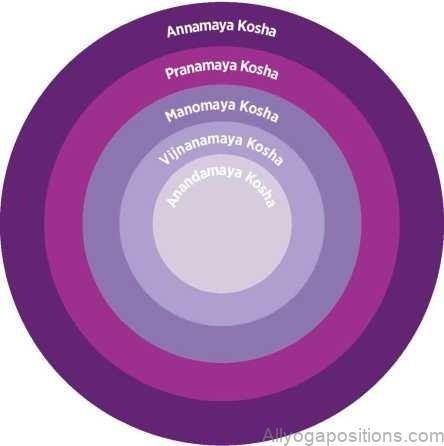
The Medical View
Understanding the alchemy of stress is key to the medical explanation for how restorative yoga works. Psychology Today called the elevated levels of cortisol that stress provokes “public enemy number one,” with symptoms including poor memory, low immunity, weight gain, and hypertension.
The fight-or-flight response comes with cases of extreme stress, like when you hear the screech of tires at a busy intersection or get into an argument. It’s a holdover from your ancestors, whose nervous systems developed an emergency response system for when they encountered a predator. The perception of threat elevates cortisol production, the nervous system shuts down all “unnecessary” systems, such as rational thinking and digestion, and floods the body with glucose, narrowing the arteries, accelerating the breath rate, and elevating the heart rate to prepare for combat.
Today, the chances of being eaten by a hungry lion while foraging for food at the grocery store are decidedly low, but anything from major life changes to the posture and shallow breathing that come with slouching at a computer for long periods can incite this ancient response. That’s right: stress can be triggered by even the most mundane aspects of modern life, like sitting.
A University of Auckland study identified a direct correlation between modern posture and increasing emotional stress, and it may all come down to how our posture affects our breath. Right now, hunch over and observe how you feel. Do you feel joyful or depressed? Can you breathe deeply? Now stand up, throw your arms out wide, and smile. How does this feel in comparison? You know that when you’re anxious you can’t breathe, but did you know that when you don’t breathe properly, you may be making yourself anxious? The very posture you spend the most time in may be the most harmful one for our physical and emotional health.
By simply taking the first step of lying down, relaxing, and breathing softly in restorative yoga, you activate the relaxation response of your parasympathetic nervous system and begin to reverse the harmful effects of stress.
Table of Contents


